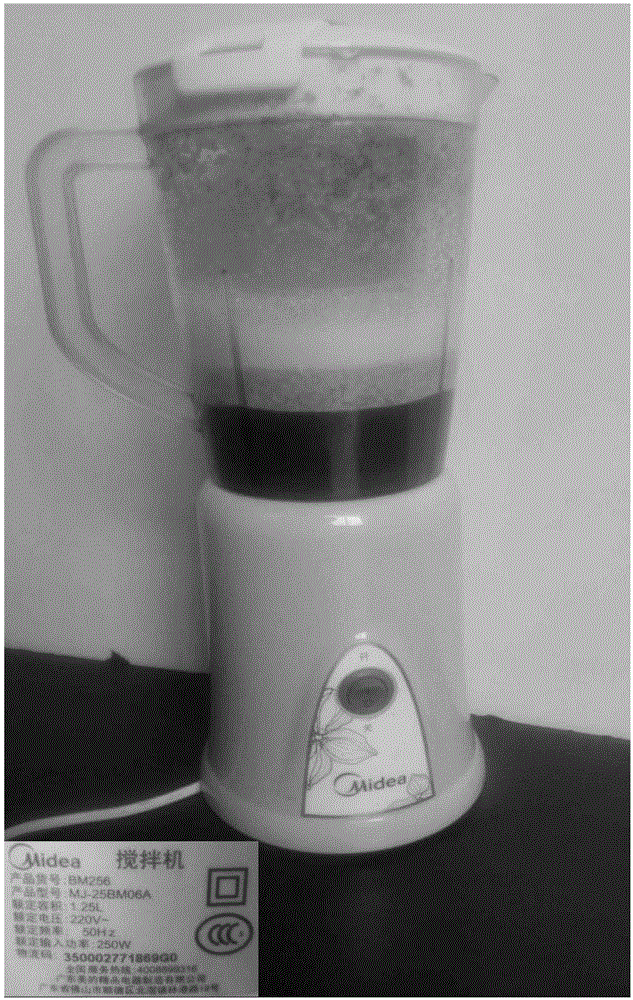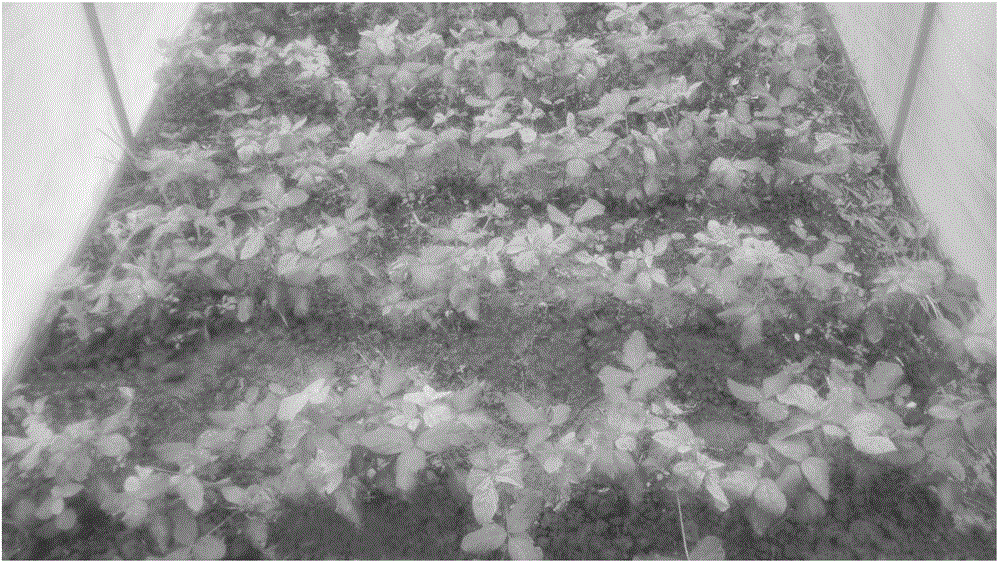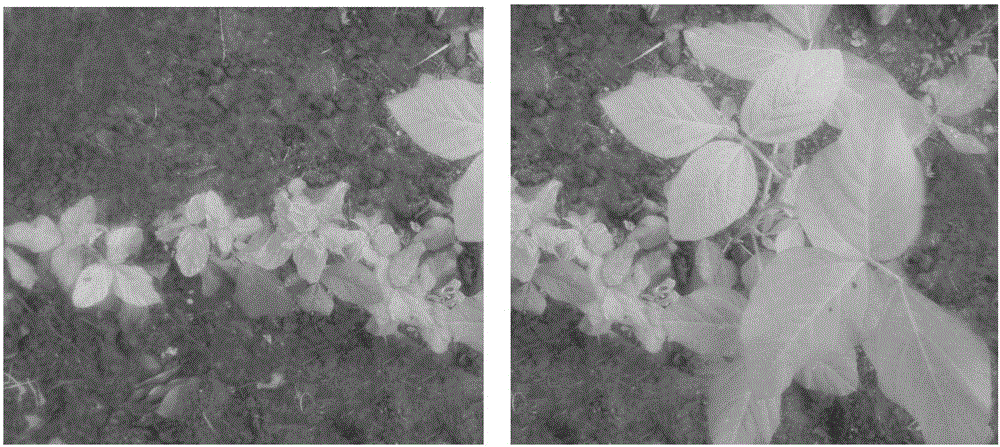Preservation method and application of soybean virus
A technology of soybean mosaic virus and preservation method, which is applied in the field of preservation of soybean mosaic virus, can solve the problems that it cannot be directly used as a source of virus, the activity of soybean mosaic virus is reduced, time-consuming and laborious, and so on, so as to avoid the interaction between viruses and species Effects of cross-infection, reducing the chance of virus mutation, and improving efficiency
- Summary
- Abstract
- Description
- Claims
- Application Information
AI Technical Summary
Problems solved by technology
Method used
Image
Examples
Embodiment 1
[0059] Embodiment 1, identification adopts the virus activity of the soybean mosaic virus preserved by different preservation methods
[0060] 1. Soybean mosaic virus materials preserved by different preservation methods
[0061] Material 1: Soybean mosaic virus was inoculated into Nannong 1138-2, and fresh leaves with typical symptoms of soybean mosaic virus were collected and stored at -80°C for 1 year. This material is material 1.
[0062] Material 2: Soybean mosaic virus was inoculated into Nannong 1138-2, and fresh leaves with typical symptoms of soybean mosaic virus were collected and stored at -80°C for 3 years. This material is material 2.
[0063] Material 3: Soybean mosaic virus was inoculated into Nannong 1138-2, and fresh leaves with typical symptoms of soybean mosaic virus were collected and stored at -80°C for 5 years. This material is material 3.
[0064] Material 4: inoculate Nannong 1138-2 with soybean mosaic virus, and collect fresh leaves with typical sympt...
Embodiment 2
[0114] Embodiment 2, utilizing the inoculum prepared in Example 1 to identify the resistance of soybean variety material to soybean mosaic virus
[0115] 1. Materials of soybean varieties to be tested
[0116] The titles of 30 soybean variety materials to be tested and the corresponding disease index (see Table 4) are all recorded in the following documents: Song Yingpei et al., Identification of Soybean Mosaic Virus Adult Plant Resistance and Grain Resistance, Soybean Science, 2015, 34:1015-1019.
[0117] 2. Using the inoculum to identify the disease index of soybean variety materials to soybean mosaic virus
[0118] 1. Planting
[0119] The experiment adopts random block design, with three repetitions in total, and 30 plots in each repetition block, that is, 30 samples of soybean varieties to be tested. All test materials were planted in the experimental farm of the Institute of Oil Crops, Chinese Academy of Agricultural Sciences, and sowed in insect-proof nets. Three ro...
Embodiment 3
[0146] Embodiment 3, utilizing the inoculum prepared in Example 1 to identify the resistance of soybean breeding material to soybean mosaic virus
[0147] 1. Soybean breeding materials to be tested
[0148] The F7 family of Zhongdou 29×Zhongdou 32 was obtained according to the following method (recorded in the following literature: Zhou Xin'an et al., Variation of three and four pods of soybean recombinant inbred lines and its relationship with yield, Chinese Journal of Oil Crops, 2005 , 27:22-25): Zhongdou 29 and Zhongdou 32 were crossed, and the offspring of the hybrids were self-crossed continuously. From the F3 generation, they were planted in separate rows, and each subsequent generation randomly selected a single plant from each row to derive the next generation. Five individual plants were randomly selected from the same family in the F7 generation, the seeds were mixed, and different families were planted separately to obtain a recombinant inbred line population consi...
PUM
| Property | Measurement | Unit |
|---|---|---|
| distance | aaaaa | aaaaa |
| distance | aaaaa | aaaaa |
Abstract
Description
Claims
Application Information
 Login to View More
Login to View More - R&D
- Intellectual Property
- Life Sciences
- Materials
- Tech Scout
- Unparalleled Data Quality
- Higher Quality Content
- 60% Fewer Hallucinations
Browse by: Latest US Patents, China's latest patents, Technical Efficacy Thesaurus, Application Domain, Technology Topic, Popular Technical Reports.
© 2025 PatSnap. All rights reserved.Legal|Privacy policy|Modern Slavery Act Transparency Statement|Sitemap|About US| Contact US: help@patsnap.com



